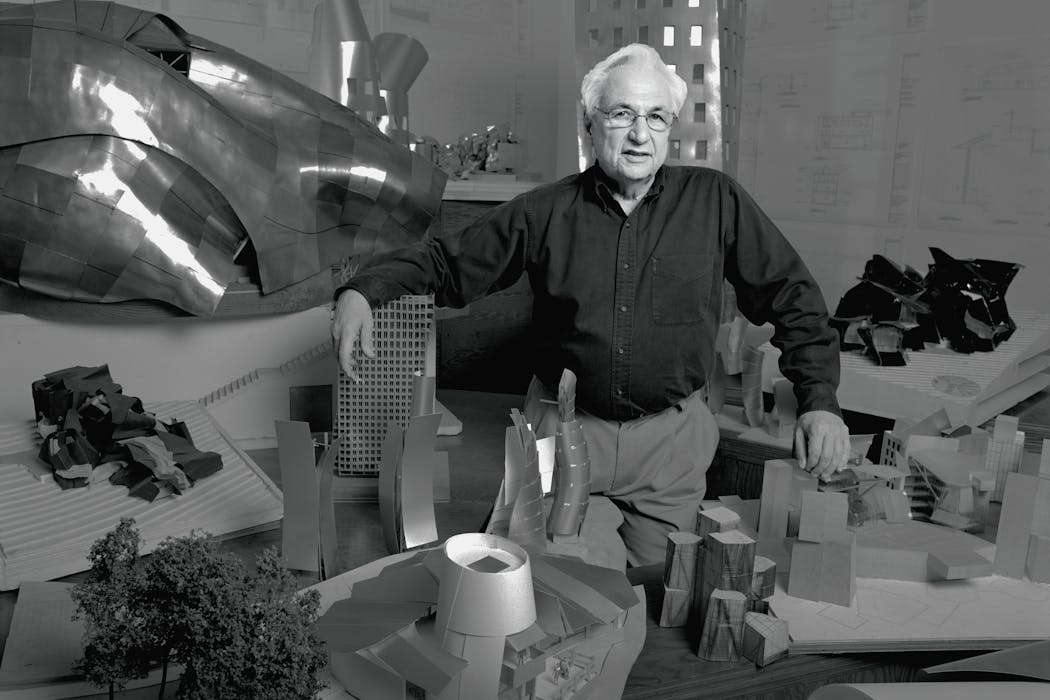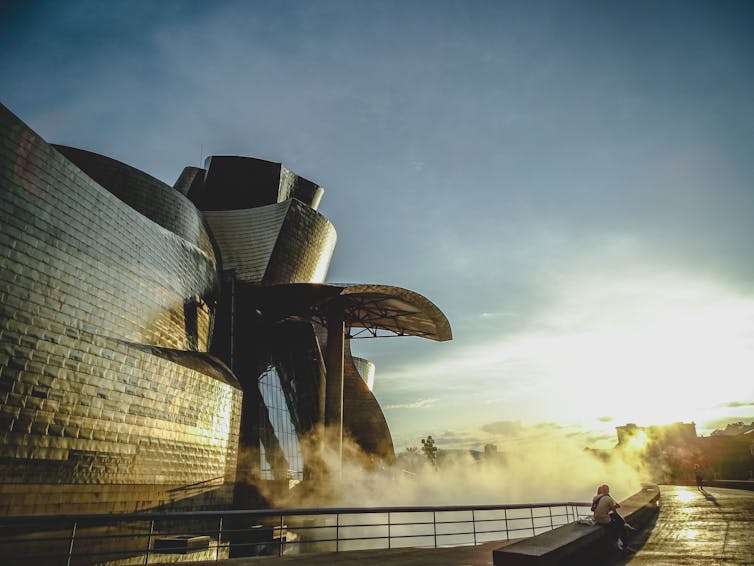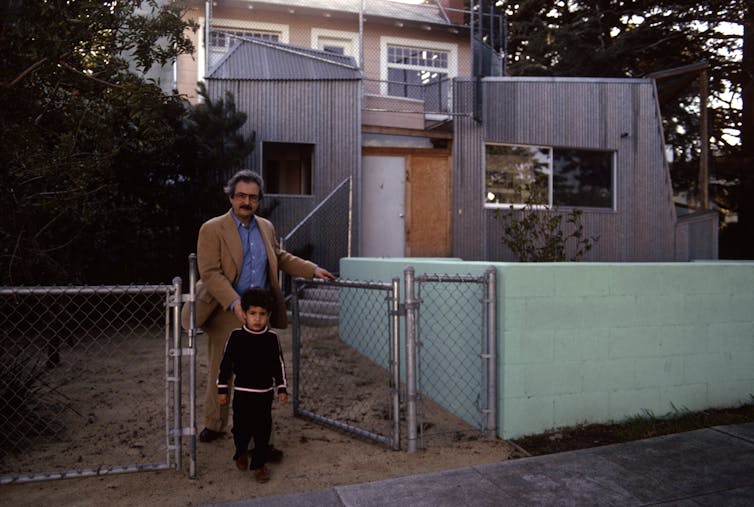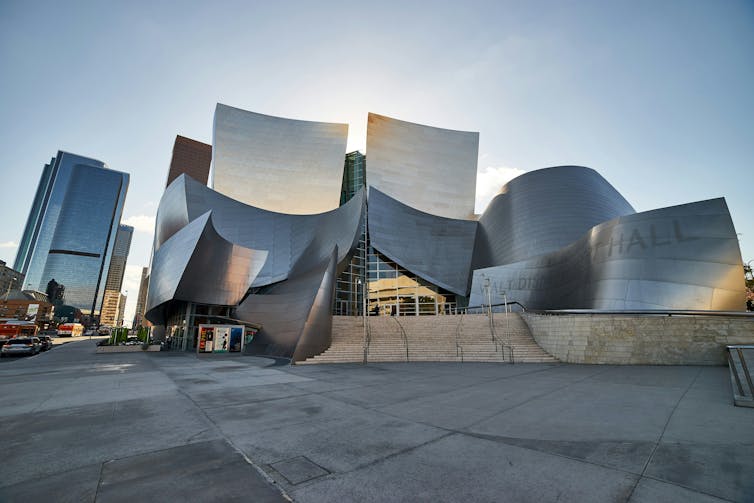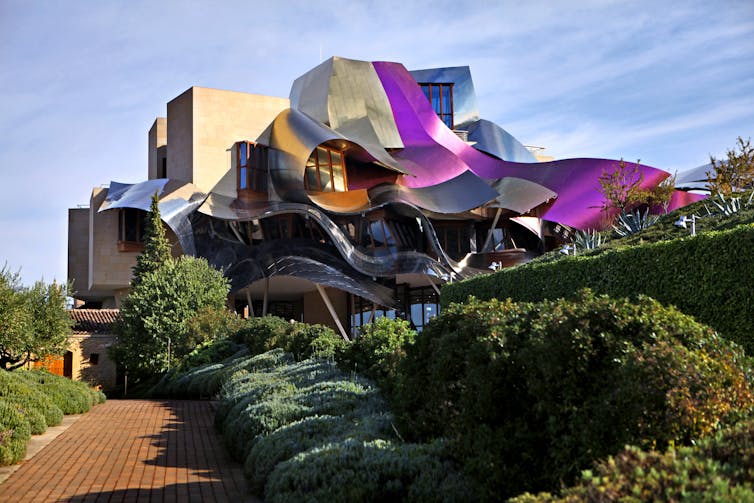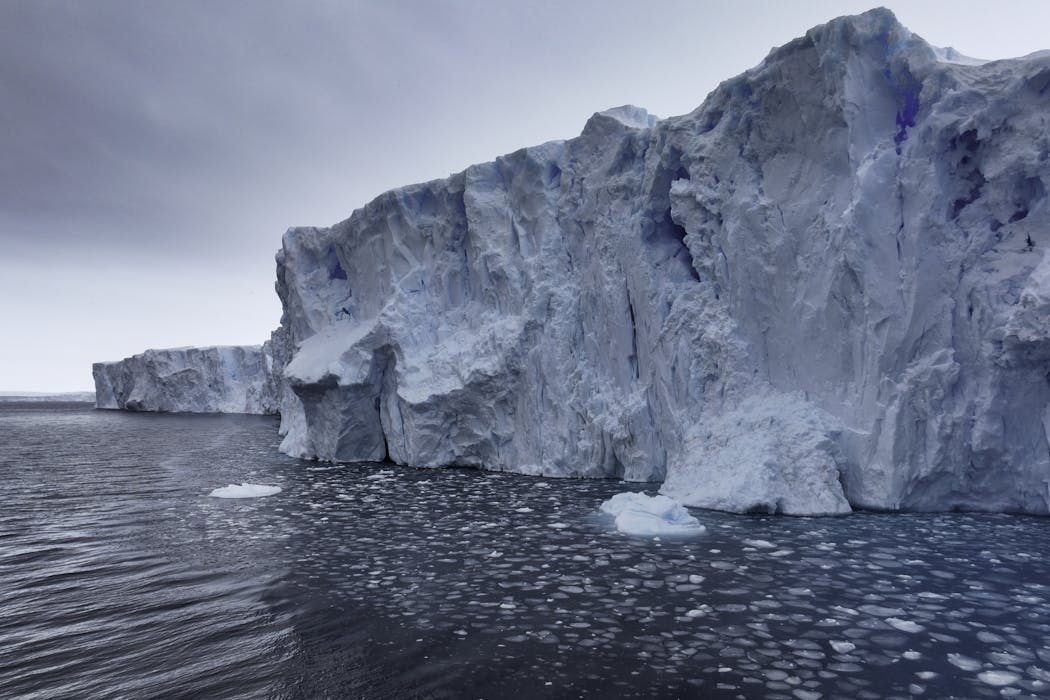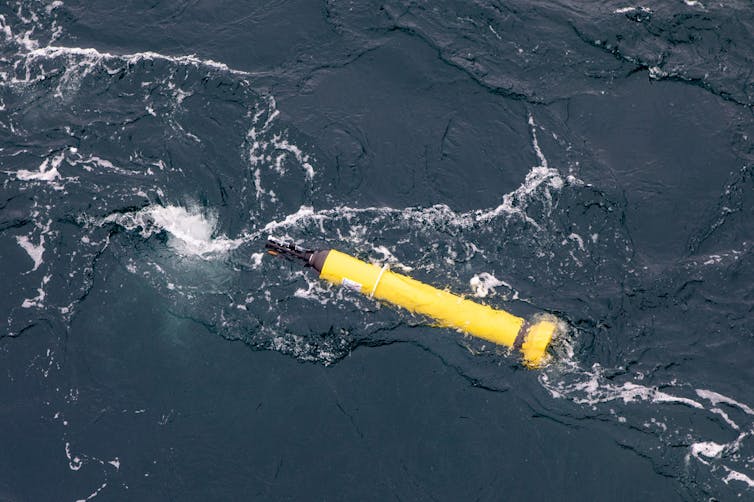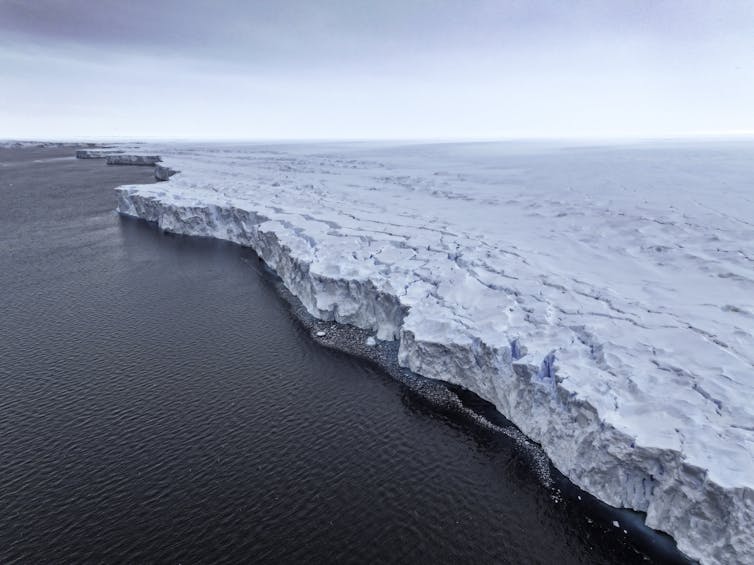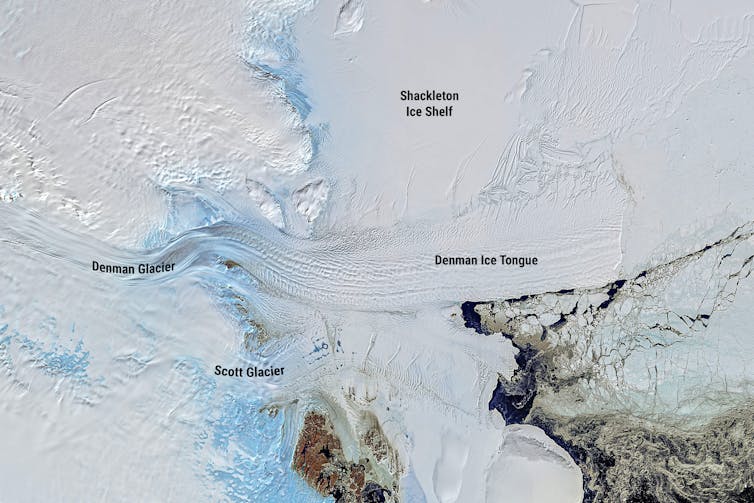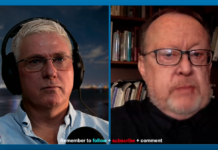Source: Radio New Zealand
![Clockwise from top left: All Blacks performing a haka, Liam Lawson, Dame Noeline Taurua and Jorja Miller]()
This year, NZ sport has been filled with highs and lows. Supplied
The country’s biggest sports teams delivered everything from turmoil to triumph in 2025, with a mixed bag of results across rugby, league, netball and cricket, and off-field drama often dominating headlines.
For a country that breathes sport as deeply as it breathes air, 2025 has offered both triumphant exhilaration and heartbreaking exasperation.
The past year has reminded Kiwi fans that dominance is never guaranteed, and that rebuilding, resetting and resilience will be themes across many of the nation’s sporting codes, namely rugby, league, netball, football and cricket.
Sports commentator and journalist Rikki Swannell breaks down the highs and lows – on and off the field – for The Detail.
“I would probably say inconsistent, that’s the word that comes to mind,” Swannell replied, after being asked to sum up the sporting year. “It’s been a little bit inconsistent and perhaps, at times, a little unconvincing.”
Let’s start with the All Blacks.
The side endured another uneven year, showing moments of brilliance – think lock Fabian Holland (just named World Rugby Breakthrough Player of the Year), halfback Cam Roigard and loose forward Ardie Savea – but they also struggled for consistency, as their rebuild continued under intense public scrutiny.
“They lose [to England], there’s no Grand Slam, and then you look at a year where they suffered a record defeat to South Africa at home and then they were beaten by Argentina for the first time ever away,” Swannell says.
“I would say inconsistent and the other word, though, too… is unconvincing. We are year two into Scott Robertson’s reign as coach and it doesn’t feel like they’ve progressed.
“There’s probably – and I know I have seen the word bandied around a little bit – stagnation. They haven’t really gone forward.
“Yes, injuries are a part of that as well, but it’s hard to almost see where they are going at the moment and that’s probably the concerning factor for any All Blacks fan.
“Even some of those wins that they had weren’t thoroughly convincing and it’s hard to see exactly where they are heading.”
Is Robertson the right man for the top coaching job?
“He’s the man for the job, whether he’s the right man for the job… I would be very surprised if he’s not the retained All Black coach, though, until the next World Cup. It’s just not the New Zealand way to do that, they will back him.”
![Scott Robertson after the All Blacks' loss to England at Twickenham, 2025.]()
All Blacks coach Scott Robertson. www.photosport.nz
Will Scott Barrett remain the All Blacks captain?
“That might be Scott Robertson’s biggest decision… the fact of the matter is, when Ardie Savea has worn that captain’s armband, the All Blacks have been a better side.”
She says the All Blacks’ upside is that a core of younger players have emerged as genuine long-term leaders.
The challenge? Converting potential into consistency.
If the All Blacks’ troubles were on the field, the Silver Ferns’ drama was almost entirely off it.
The ongoing coaching saga – standing down Dame Noeline Taurua for more than 50 days, then re-instating her last month – became one of the year’s biggest sporting stories, raising uncomfortable questions about leadership, communication and the direction of the netball programme.
“Massively damaging,” says Swannell, who has covered netball as a journalist or commentator for more than 20 years. “Every sport has their dramas, but this one for netball, on the back of what hasn’t been a great year anyway.
“There’s been issues around their broadcast deal, uncertainty around their competition and clearly some not great morale going on at headquarters, with a high turnover of staff as well.
“Then you add this on top of it and the handling of the situation, and it all adds up to a pretty grim year for Netball New Zealand, saved by their players.”
![Silver Ferns coach Dame Noeline Taurua, photographed on her first day back reinstated in the position.]()
Dame Noeline Taurua. RNZ / Cole Eastham-Farrelly
The women in black enjoyed a 2-1 series win over England, thrashed South Africa 3-0, beat the Scottish Thistles twice and secured two wins over Australia, only to lose the Constellation Cup by one goal in series-decider time.
When they take to the court again next year, will Dame Noeline Taurua be front and centre?
“The path forward, to me, is really still very murky and there’s still a lot that has to change for her to come back in.”
Another code courting off-field headlines and drama this year – cricket.
NZ cricket chief executive Scott Weenink faces allegations of working to “actively undermine” a bid by a private consortium to establish a new T20 franchise competition.
An open letter, signed by several former Black Caps test and one-day players, has also just been shared, detailing concerns around the proposed league.
“I have a feeling we are probably going to end up talking about cricket off the field, just like we have with netball this season, and I think Netball New Zealand are going to be the happiest people going about it,” Swannell says with a laugh. “Someone else taking the spotlight, hey, hold my beer.
“It’s not necessarily the sort of thing that will affect the team on the field, in the way that the Netball New Zealand thing has – that direct impact of coaching.”
This year, the Warriors flirted with the top four, but ultimately couldn’t cling on. While fans appreciated the fight and the flashes of brilliance, the campaign left the club sitting in that awkward space between promise and payoff.
Swannell says “a couple of massive injuries” and inconsistency contributed to an ultimately frustrating campaign.
So, is a title window emerging? Possibly, but unlikely for now – “but they still have the capacity to surprise”.
The Black Ferns missed the Rugby World Cup final, falling short against an increasingly competitive international field.
The semi-final loss to Canada stung, not just because New Zealand wanted to win, but because the side had become a symbol of how inspirational women’s sport could be.
“I hope it’s a really good wake-up call for New Zealand Rugby about the level of planning and resources, and everything that goes into these World Cup campaigns, and what other squads and nations are doing.
“You only have to look at England, because they are miles in front with their resourcing of the women’s game, of where we need to be, and what the Black Ferns need to do to grow and be back to the top of the world.”
![2025 Women's Rugby World Cup: New Zealand Black Ferns performing the haka ahead of the match against France, 2025.]()
2025 Women’s Rugby World Cup: New Zealand Black Ferns performing the haka ahead of the match against France, 2025. ©INPHO/Billy Stickland / PHOTOSPORT
Amid the turbulence, the New Zealand Sevens sides – men and women – delivered a late-year lift, with standout wins in Dubai last weekend.
It wasn’t just a result – it was a reminder of the code’s ability to fuse speed, skill and composure under pressure.
“[Black Ferns Sevens vice-captain] Jorja Miller is just on a whole different stratosphere than any other sevens player and probably any other female rugby player in the world with some of the things she does.”
In March, the All Whites sealed direct qualification for the 2026 FIFA World Cup and it’s just been confirmed that the team will play two matches here next March, as part of a four-team international tournament.
All the games will be staged in Auckland.
“There’s nothing like seeing New Zealand football playing on that stage.”
While he’s not in a Kiwi team or playing a Kiwi code, it would be remiss not to mention Formula One star Liam Lawson, who will remain on the Formula One grid in 2026, Red Bull confirmed this week.
“He’s probably the most talked-about Kiwi athlete anywhere in the world this year.”
Taken together, 2025 was not a year of dominance for our sports teams – it was a year of discovery.
New Zealand’s biggest teams were pushed by stronger global competition, deeper professionalisation across rival nations and scrutiny from a public accustomed to winning.
In every patch of turbulence, there were glimpses of what might come next.
Check out how to listen to and follow The Detail here.
You can also stay up-to-date by liking us on Facebook or following us on Twitter.
– Published by EveningReport.nz and AsiaPacificReport.nz, see: MIL OSI in partnership with Radio New Zealand



